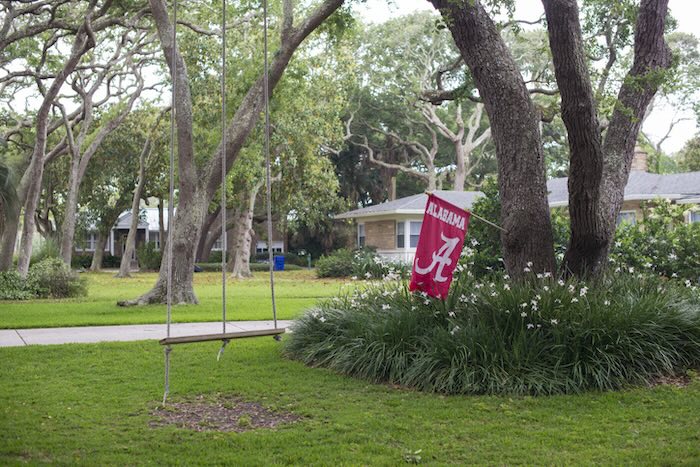19 min read
11 Rock-Solid Places to Invest in Real Estate in the U.S.
If you’re a real estate investor, selecting the right place to invest your capital is no small task. The market is constantly...

Landlords can’t plan for every challenging moment while renting out property. But just like you protect your car and your health with insurance, landlords in the Yellowhammer state can protect their properties with Alabama landlord insurance.
But why do you need insurance specific to landlords? What events does it cover? How do you choose which insurance is right for your properties? In this guide, we’ll review those questions and more!
Landlord insurance (which is different from renters insurance) protects landlords from losing income due to various risks.
As you know, Alabama landlords face a variety of risk factors when owning property, including hurricanes, tornadoes, vandalism, crime, and other liabilities that could impact earnings and the long-term viability of a property.
Landlord insurance can help mitigate these risks and, depending on the coverage you select, can provide relief for damages and even replace loss of rental income.
Just like auto or health insurance, landlord insurance has various coverage types. Each tier, which we’ll briefly outline, covers different risk factors and has different price points.
Selecting the right Alabama landlord insurance might seem overwhelming, with multiple vendors to choose from, several policy types, and an ever-changing rental market. But there are a few things to remember that might make it easier to pick the right coverage type and provider.
Alabama property owners can choose from plenty of options for landlord insurance, but not all of them are created equal. Here are a few providers for you to dig into more:
We’re such big fans of Steadily Landlord Insurance that we’ve partnered with them to provide excellent coverage to landlords. Boasting stellar reviews on Trustpilot, landlords can expect extraordinary customer service and competitive rates.
Pros
Cons
Kin offers different kinds of home insurance, including homeowners and landlord insurance. Add-ons are available for more specific risk coverage.
Pros
Cons
As a nationally recognized brand, State Farm has provided insurance of all types to customers for years.
Pros
Cons
Not just a catchy commercial jingle, Farmers Insurance is well-established and available nationwide.
Pros
Cons
Obie, one of the new players in the market, has been around since 2017 and offers policies nationwide.
Pros
Cons
The average monthly cost of landlord insurance for Alabama residents is around $150 per month or nearly $1800 per year. However, several factors could increase or decrease the cost.
TurboTenant is a best-of-breed property management software designed to make landlords’ lives easier and more efficient. While we don’t offer landlord insurance at TurboTenant, we have partnered with Steadily to ensure our landlords’ protection when the unexpected hits.
TurboTenant lets landlords collect rent payments online, perform comprehensive tenant background checks, and create lease agreements for all 50 states. It also integrates with rental-specific accounting software, helping landlords reduce tax time stress.
So, sign up for a free account today and see how TurboTenant can help you improve your property management.
The cost of Alabama landlord insurance can vary significantly based on a number of factors, but the average yearly cost is around $1800.
While there are no state laws requiring renters to have insurance, landlords can require renters to purchase their own insurance and add that as a clause to the lease agreement.
19 min read
If you’re a real estate investor, selecting the right place to invest your capital is no small task. The market is constantly...
9 min read
Learning how to write a rent receipt — and understanding its importance — is a crucial aspect of rent collection that every landlord must...
7 min read
As a landlord, managing tenant access while keeping your rental property secure can be a challenge—especially if you don’t live on-site. Lost...
Join the 700,000+ independent landlords who rely on TurboTenant to create welcoming rental experiences.
No tricks or trials to worry about. So what’s the harm? Try it today!
TurboTenant, Inc., © 2025
Created in Sunny Colorado